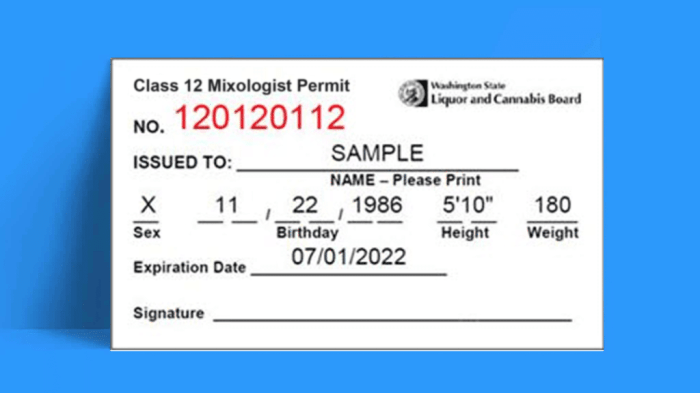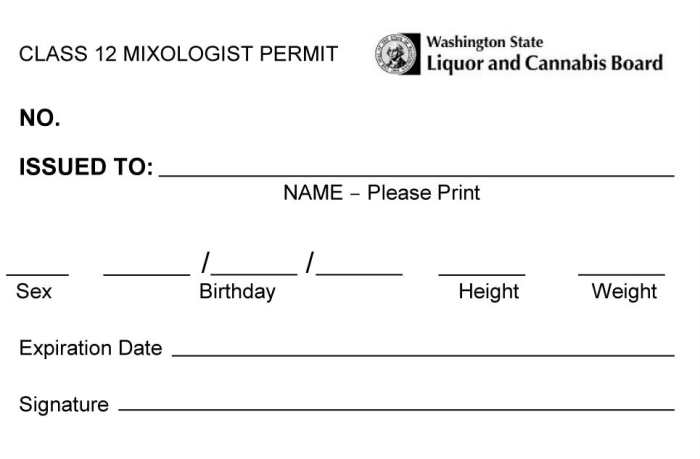Class 12 vs class 13 mast permit – In the realm of maritime navigation, Class 12 and Class 13 mast permits play a pivotal role in ensuring the safety and compliance of vessels. This comprehensive guide delves into the intricacies of these permits, exploring their similarities, differences, and the factors that determine the appropriate permit type for specific vessels.
Understanding the nuances of Class 12 and Class 13 mast permits empowers vessel owners and operators to make informed decisions, ensuring compliance with regulations and enhancing the safety of their maritime endeavors.
Class 12 Mast Permit vs. Class 13 Mast Permit

Class 12 and Class 13 mast permits are both issued by the Federal Communications Commission (FCC) to allow the installation and operation of transmitting antennas on vessels.
The main difference between the two types of permits is the height of the antenna. Class 12 permits are issued for antennas that are less than 20 feet tall, while Class 13 permits are issued for antennas that are 20 feet or taller.
In addition to the height requirement, there are also a number of other specific requirements that must be met in order to obtain a Class 12 or Class 13 mast permit. These requirements include:
- The antenna must be located at least 10 feet from any other antenna.
- The antenna must be properly grounded.
- The antenna must be inspected by a qualified technician at least once every five years.
Vessels that require Class 12 mast permits include small boats, sailboats, and fishing boats. Vessels that require Class 13 mast permits include large ships, tankers, and cruise ships.
Determining the Appropriate Permit Type

When determining the appropriate mast permit type, several factors should be considered:
- Vessel size:Class 12 permits are required for vessels under 65 feet in length, while Class 13 permits are required for vessels 65 feet or longer.
- Mast height:Class 12 permits are valid for masts up to 200 feet in height, while Class 13 permits are valid for masts over 200 feet in height.
- Location:The location of the vessel’s operation may also affect the type of permit required. Some areas have specific regulations regarding mast heights and permits.
The following table provides a simplified overview of the factors to consider when determining the appropriate mast permit type:
| Factor | Class 12 Permit | Class 13 Permit |
|---|---|---|
| Vessel size | Under 65 feet | 65 feet or longer |
| Mast height | Up to 200 feet | Over 200 feet |
| Location | May vary depending on local regulations | May vary depending on local regulations |
Obtaining an incorrect permit type can have serious consequences, including fines, penalties, and even the impoundment of the vessel. Therefore, it is crucial to carefully consider the factors discussed above and obtain the appropriate permit type for the intended use.
Application Process and Fees: Class 12 Vs Class 13 Mast Permit

Applying for a Class 12 or Class 13 mast permit involves a multi-step process with specific fees associated with each type of permit. Understanding the application process and associated fees is crucial for successful permit acquisition.
The application process typically includes submitting a completed application form, providing supporting documentation, and paying the applicable fees. The application form usually requires detailed information about the proposed mast, its location, and the applicant’s qualifications. Supporting documentation may include technical drawings, environmental impact assessments, and proof of ownership or leasehold interest in the property where the mast will be located.
Application Fees, Class 12 vs class 13 mast permit
The application fees for Class 12 and Class 13 mast permits vary depending on the jurisdiction and the specific requirements of the permitting authority. In general, Class 12 permits, which are for smaller masts with a height of less than 200 feet, typically have lower application fees than Class 13 permits, which are for larger masts with a height of 200 feet or more.
Timeframe for Permit Approval
The timeframe for permit approval and issuance can vary significantly depending on the complexity of the application, the workload of the permitting authority, and any potential environmental or zoning issues that need to be addressed. In general, the approval process can take several months or even longer, especially for Class 13 permits that require more extensive review and analysis.
Displaying and Maintaining the Permit

Upon issuance, the mast permit must be displayed conspicuously on the vessel at all times. This ensures that authorized personnel can easily identify and verify the vessel’s compliance with the regulations. The permit should be protected from damage or loss to maintain its validity.
To renew or modify the permit, the vessel owner must submit an application to the relevant authority, along with the required documentation and fees. The renewal process ensures that the permit remains current and reflects any changes in the vessel’s specifications or ownership.
Penalties for Non-Compliance
Failing to display or maintain the mast permit properly constitutes a violation of the regulations. Consequently, the vessel owner may face penalties, including fines or even suspension of the permit. Adhering to the display and maintenance requirements is crucial to avoid legal consequences and ensure the vessel’s compliance with the applicable regulations.
Safety Considerations

Vessels with Class 12 and Class 13 mast permits must adhere to stringent safety regulations to ensure the well-being of passengers and crew. These regulations encompass proper mast design, regular maintenance, and adherence to operational guidelines.
Mast design plays a crucial role in ensuring vessel stability and preventing accidents. The mast must be designed to withstand the forces exerted by the sails, as well as wind and wave loads. Regular maintenance is equally important to detect and rectify any potential issues that could compromise mast integrity.
Avoiding Accidents
- Adhere to safe sailing practices and avoid operating the vessel in adverse weather conditions.
- Ensure proper lookout and maintain a safe distance from other vessels and obstacles.
- Inspect the mast and rigging regularly for any signs of damage or wear.
- Train crew members on proper mast handling and emergency procedures.
Query Resolution
What is the key difference between Class 12 and Class 13 mast permits?
Class 12 permits are required for vessels with masts exceeding 60 feet in height, while Class 13 permits are required for vessels with masts exceeding 20 feet but not exceeding 60 feet in height.
How do I determine which type of mast permit I need?
The type of mast permit required depends on the height of the mast on your vessel. Refer to the guidelines provided in this guide or consult with the appropriate maritime authority for further clarification.
What are the consequences of obtaining an incorrect permit type?
Obtaining an incorrect permit type may result in fines, penalties, or even the impoundment of your vessel. It is crucial to ensure that you have the correct permit for the mast height on your vessel.